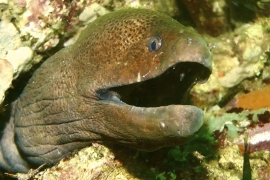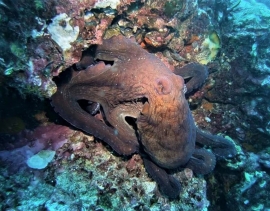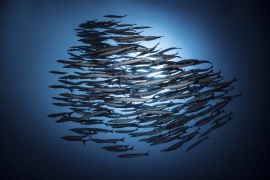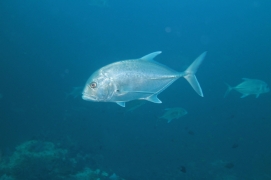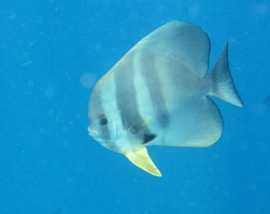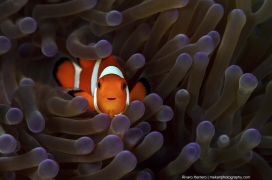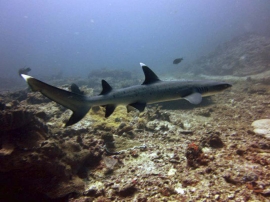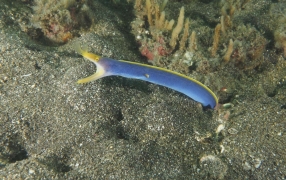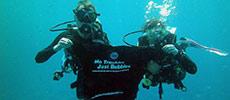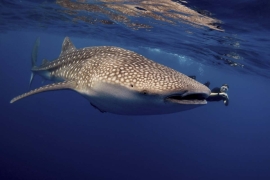
Bali Liveaboard Diving
Bali needs very little introduction to most people. Although there are still a few who believe it to be a country, it is, of course, an island in southern Indonesia. The people of Bali are mainly Hindu, whereas the rest of Indonesia is predominantly Muslim. However, this has very little influence on what has made Bali the top tourist destination in Indonesia, and one of the most popular in the world.
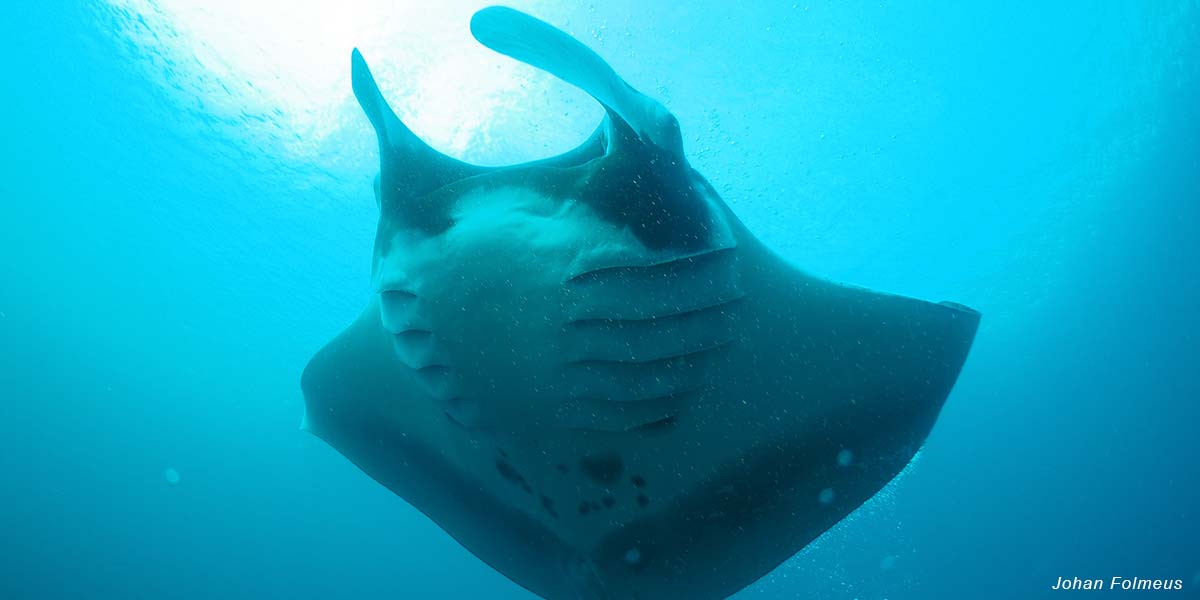
Bali is extremely popular for tourists who want to come and enjoy a variety of activities and environments. There is a wide selection of resorts at all budget levels, and things to do for people from all walks of life, with sea/beach-based activities being by far the most popular. Scuba diving in Bali is big business, with dive centres all around the island and world-class dive sites in the surrounding seas. There are easy dive spots for learning to dive and less-experienced scuba divers, as well as challenging dive sites for experts. Currents and depths can be as extreme as any recreational scuba diver is prepared to attempt.
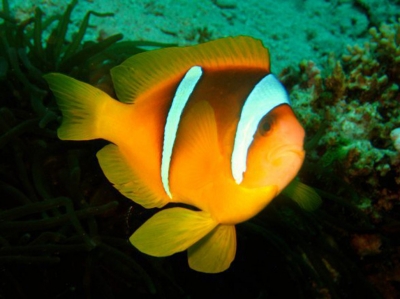 Anemonefish in Bali - Credit: Emmy AhlenWhile Denpasar International Airport and Kuta are located in the southeastern tip of Bali, there is so much more to this island than most visitors ever see, or even know about. There are quiet and remote resorts and beaches, as well as all kinds of activities to be done, including trekking up volcanoes and riding horses. Dive centres are by no means only located in the most popular tourist spots, and the dive sites are numerous and widespread. In most cases, a short trip by road is required to transfer to the dive boat, but in some cases, it’s possible to enjoy a reef dive off a beach right in front of your resort. The dive sites are home to countless species of fish, corals, and invertebrates, plus common sightings of reptiles. Sea turtles and sea snakes can show up at any time.
Anemonefish in Bali - Credit: Emmy AhlenWhile Denpasar International Airport and Kuta are located in the southeastern tip of Bali, there is so much more to this island than most visitors ever see, or even know about. There are quiet and remote resorts and beaches, as well as all kinds of activities to be done, including trekking up volcanoes and riding horses. Dive centres are by no means only located in the most popular tourist spots, and the dive sites are numerous and widespread. In most cases, a short trip by road is required to transfer to the dive boat, but in some cases, it’s possible to enjoy a reef dive off a beach right in front of your resort. The dive sites are home to countless species of fish, corals, and invertebrates, plus common sightings of reptiles. Sea turtles and sea snakes can show up at any time.
Most of the popular dive sites of Bali are on the eastern side of the island. This is partly due to logistics because most tourists stay around the southeast and eastern areas. There is a wreck at Tulamben, on the northern coast of the eastern tip. And there are some other diving areas on the western side of Bali. But because of the congregation of tourists, infrastructure and the airport, but especially because the best liveaboard diving in Bali is at the islands off of the southeast coast.
Nusa Penida and Nusa Lembongan are islands 15-20 kilometres from the southeast of Bali, and these islands are home to some of the best dive sites in the world. Here you can dive with Giant Oceanic Manta Rays and Sunfish, which are the heaviest bony fish in the world. There are several dive sites around these islands, and most are only suitable for more experienced divers because currents can be strong.
Amed is further up the east coast of Bali, the beach faces northeast, and behind it is the famous Mt. Agung, a live volcano. People who travel to Bali for scuba diving make their way to Amed because it's away from some of the less-desirable tourists that can be found around Kuta. There are lots of great dive sites around Amed, including the Liberty wreck, just half an hour further up the coast at Tulamben.
Conditions at Bali
When to dive at Bali
You can visit and dive in Bali all year round. The best months for weather & sea conditions are May to November. Manta Rays are seen more often around Nusa Penida in April & May. July & August are very busy with the most tourists. December to February sees more rainfall, which indeirectly affects the visibility underwater.
What type of dive site is Bali
Bali is surrounded by dozens of dive sites, and at all of them them water is tropically warm. Most are reef dives, but there are some wrecks, and some gently-sloping sandy dive sites. There are also some great muck dives available.
Where is Bali?
Bali is located in the middle of southern Indonesia. To its south is Western Australia, and The Indian & Southern Oceans. Directly to its north is the island of Borneo. Jakarta is to the west of Bali, and Komodo is 430 kilometres to the east.
How to get to Bali
Arriving in Bali is easy because it has a large & new international airport that welcomes flights from around the world. Denpasar Airport (DPS) is located in the district of Kuta, which is in the island's southeast corner. To get from your hotel or resort to the dive sites depends on the locations of both. Several Indonesia liveaboard trips start and/or end in Bali, and these trips usually include Komodo liveaboard diving in their itineraries.
Who can dive at Bali
Anyone can dive in Bali. You can learn to dive there or even do a 'Discover Scuba Diving' introductory dive. This is because there are many dive sites, including safe & easy sites for beginners. However, there are also plenty of diving locations in Bali that are only suitable for advanced/experienced divers. Plus there are some which are even too extreme for experienced recreational scuba divers.
What marine life can you see at Bali?
There's lots to see in the warm waters around Bali. Plenty of resident species inhabit the reefs and wrecks near Bali's coastlines. Plus large pelagic and migratory species follow the currents at certain times of year. The area is surrounded by deep, nutrient-rich seas and oceans, enabling life to flourish and big fish to pass through.
Summary of Bali
Bali is a world-famous vacation island in tropical southern Indonesia. Getting there is simple, and you can visit all year round. There are easy and challenging dive sites for all levels of scuba diver, including those who have never tried it before. Marine life is diverse and abundant. Bali can get busy in the high season, and the roads are narrow and dangerous. Ideally, experienced divers will join a Bali liveaboard diving cruise to get away from the island and enjoy the best dive sites at the best times of day.

